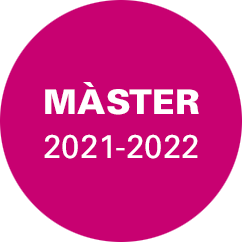This is a project of archaeological intervention and historical analysis focused on the study of structures and materiality of the Spanish Civil War (1936-1939) present in Gavet de la Conca (Pallars Jussà, Lleida), specifically in the Cinglo High in the Sierra de la Casilla.
The project is directed from the University of Barcelona (UB) with the participation of the Diputació de Lleida, with the aim of intervening archaeologically in the sector mentioned as Cinglo Alt, which corresponds to Cota 1081, and which will take place during four years (2018-2021), with the aim of being able to expand in the knowledge of the Front del Pallars during the Spanish Civil War.
The material vestiges, from the most considerable ones such as the trenches themselves, to the most particular ones, such as witnesses to the soldiers’ stewardship, or elements of daily life, are a very good source of information not yet available. enough to account for historians of the contemporary period, who have conducted hundreds of studies focused on the civil war. Despite this handicap, in recent years work has been done on these aspects, which are more focused on the remains from various disciplines, with archeology being one of the most important.
The aim of the archaeological intervention is to know the different forms of construction of war structures, such as trenches and shelters, and to contrast the construction with the documented instructions of the time to make them, the differences between them, the final utility, the analysis of the location in the space at the time of being constructed and the affectation in the landscape in 1938 and at present. It is also expected to recover various materials, weapons (such as lafitte bombs, grenades, bullets, bullet casings, etc.) and elements of the daily lives of Republican soldiers. In this way it will be possible to define the various spaces and uses of the same trenches or shelters, the type and methodology of construction, the type of food of the soldiers and the origin of the food, perhaps the activities that took place. out, and in short its microhistory. Finally, an extensive survey will be carried out to try to analyze the course of the battle itself from the various objects that can be located.
From the study of this heritage so far little analyzed from an archaeological and historical perspective, we want to help revalue this source of knowledge. A 4-year work is proposed in a very specific and localized territory, such as the transformation and adaptation of the Cinglo Alt and its surroundings by the republican army in order to maintain its positions.



